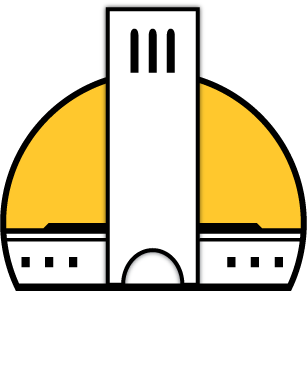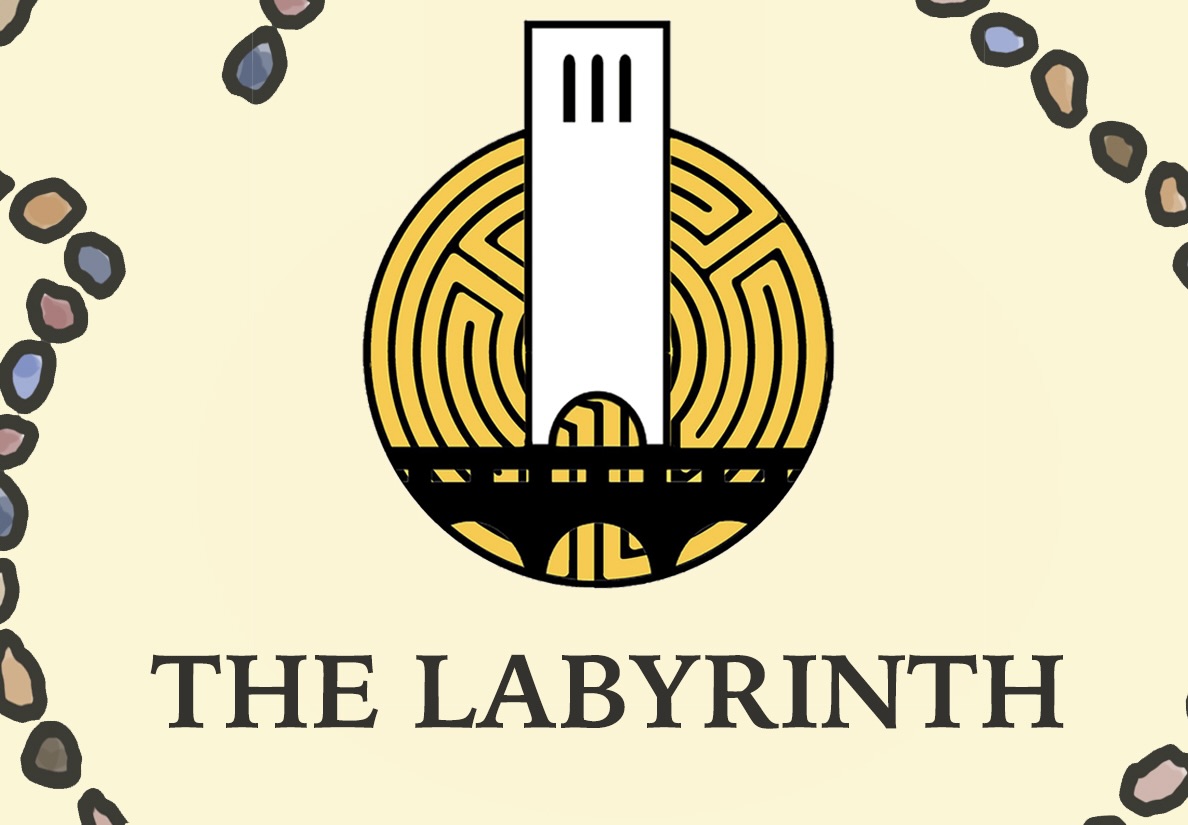Sixty-nine years ago yesterday, a Japanese submarine attacked an oil field at Ellwood, firing shells from its 5.5” deck gun onto shore about a dozen miles west of Santa Barbara.
Led by Captain Nishino Kozo, a Japanese I-17 submarine surfaced off of Coal Point on Feb. 23, 1942 and fired on the Richfield Oil Field in Ellwood. The incident marked the first foreign act of aggression on U.S. mainland during World War II and signified the first direct attack on U.S. mainland by an enemy power since the War of 1812.
According to Michael Redmon, Santa Barbara Historical Society director of research, the attack disoriented community members but caused no casualties and only about $500 to $1000 in damages to oil tanks.
Redmon said the area’s petrol industry made it an attractive target for the Japanese military.
“After Pearl Harbor, the Japanese were in these waters,” Redmon said. “One would assume they were going after the oil fields.”
According to Luke Roberts, a professor of Japanese history at UCSB, personal factors may have also contributed to the attack. While historically record is foggy, rumor stands that the Japanese captain spent time in Goleta before the war and may have carried some grudge with him.
“I have heard rumors that the [submarine] captain worked as a farmhand before the war,” Roberts said. “Of course it was a very racist time period, and they say he might have been trying to get his revenge — but that sounds almost too good to be true.”
Although the submarine fired 25 rounds of five inch shells towards the facility, Redman said the damage was minimal and the attack soon stopped.
“The attack did not do any major damage,” Redmon said. “It did minor damage to some catwalks and a few sheds. Apparently their aim was not all the great.”
After the shelling, however, residents were on edge, Redmon said.
“It was the first attack on the mainland since the early part of the 1800’s, so there was alarm, certainly,” Redmon said. “There were a number of false alarms in the days following.”
















It was also the inspiration for the John Belushi movie “1941”.
I heard that before WWII, the caption had visited the area and slipped while walking on the pier, which caused some of the American workers to laugh at him. He took it personally and when the opportunity arose, he struck back
A few corrections – the submarine commander’s name was Kozo Nishino. He was a career naval officer and thus, had never worked as a farmhand in Goleta. The story of him being a captain of an oil tanker that stopped at Ellwood where he came ashore and fell into a cactus patch (or slipped on the pier – first time I’ve heard that) is not true. It’s a long told Santa Barbara Legend, which may have happened to someone, but not to Captain Nishino.